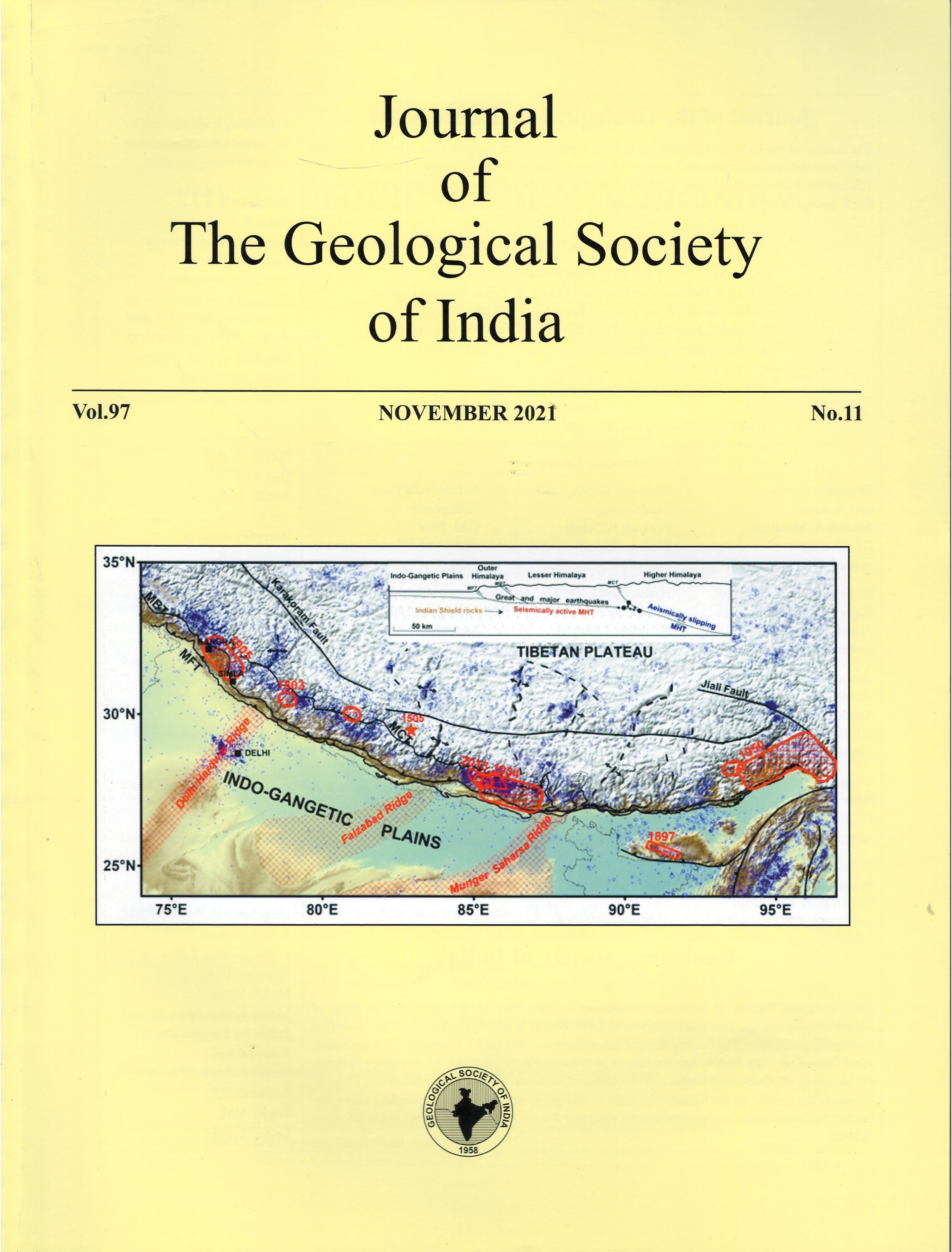Demarcation of Coastal Dune Morphology and Dune Patterns using Geospatial Models: A Case Study from Manapad Coastal Stretch, Tamil Nadu, South India
DOI:
https://doi.org/10.1007/s12594-021-1880-2Keywords:
No keywords.Abstract
Coastal sand dunes are the dynamic depositional landform which are formed near the coast, due to aeolian activity. Coastal sand dune acts as a natural barrier against coastal erosion hence its periodic monitoring is essential. Modification of this landform due to anthropogenic activities was observed in the coastal stretch towards the south of Tamil Nadu, even though these dune ecosystems were meant to be conserved and preserved in the coastal zone regulation notification. Present study, focuses on finding key techniques required to demarcate the morphological parameters such as ridge line, crest portion, toe, dune orientation, and its pattern from the open source ALOS World 3D (AW3D) DEM for periodic monitoring of coastal dune ecosystems. Topographic models such as hill shading, slope, aspect, curvature, and hybrid techniques were performed. The outcomes obtained from topographic models were validated with spatial profiling and field survey. From the study it is observed that, hybrid techniques particularly slope overlaid on hill shade, slope, gaussian stretched hill shade image, and spatial profiling are the key techniques to bring out the morphological variations and the parabolic dune patterns, which were hitherto not reported in earlier literatures. Gaussian stretched hill shade image enhanced the micro landforms which were difficult to extract from normal hill shading. The slope image of the study is found to be more informative in exhibiting the minor dunes and patterns compared to shaded relief image. The ridge portion of the dune, crest and limb portion and coastal plains were differentiated based on the slope value ranges. The hybrid image formed by overlaying slope and curvature data on hill-shaded image is more informative in providing most of the parabolic patterns formed by micro and meso scale dunes. Spatial profile could be used as an additional tool to validate the information’s derived from topographic models, wherever there is limitation in field accessibility.

 Praveenraj Durai
Praveenraj Durai






